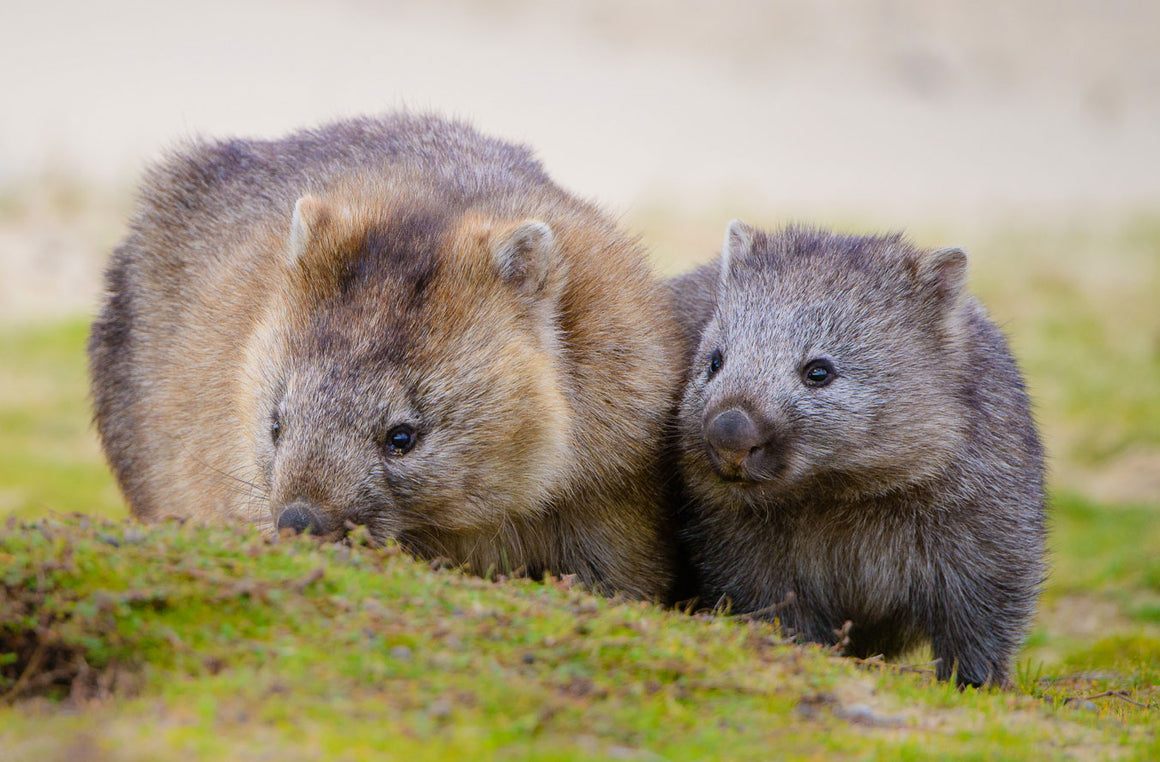Lathamus - The Critically Endangered Swift Parrot
$50.00
Lathamus - The Critically Endangered Swift Parrot
A stunning joint publication by Wild Island Tasmania, Outside the Box / Earth Arts Rights, Bob Brown Foundation, The Tree Projects and Birdlife Australia.
A stunning joint publication by Wild Island Tasmania, Outside the Box / Earth Arts Rights, Bob Brown Foundation, The Tree Projects and Birdlife Australia.
Our beloved Swift Parrot is on the brink. Protection of all Swift Parrot habitat is critical. In an urgent first step there must be a rapid transition from native forest logging in Australia. This is an essential response to the bio-diversity and climate crises — and will provide a slender lifeline to the future for this extraordinary and beautiful bird.
Paperback
39 pages
45 x 33cm
Project Management & Content
Paperback
39 pages
45 x 33cm
Project Management & Content
Rob Blakers
Photography
Rob Blakers, Antoine Chretien, Steve Pearse, Billy Rowe
Editorial Assistance
Margaret Blakers, Tracey Diggins, Charley Gros, Jen Sanger, Jenny Weber, Eric Woehler
Printer
Bambra Press
Joint Publishers
Wild Island Tasmania
Photography
Rob Blakers, Antoine Chretien, Steve Pearse, Billy Rowe
Editorial Assistance
Margaret Blakers, Tracey Diggins, Charley Gros, Jen Sanger, Jenny Weber, Eric Woehler
Printer
Bambra Press
Joint Publishers
Wild Island Tasmania
Outside the Box / Earth Arts Rights
Bob Brown Foundation
The Tree Projects
Birdlife Australia


